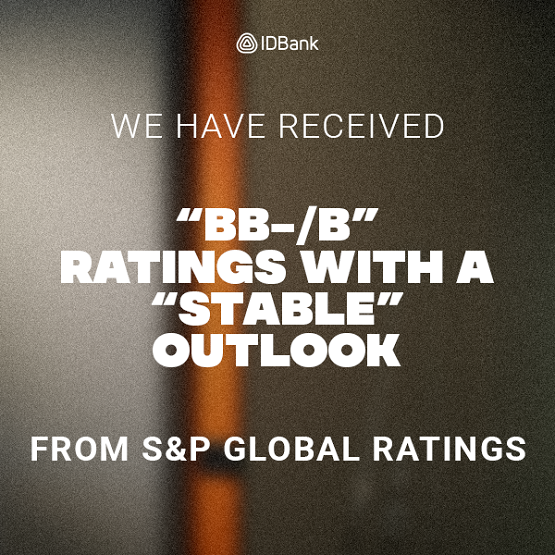LIVE: Ring of Fire Solar Eclipse as seen over Coyhaique, Chile

On February 26, 2017 the moon will block much of the sun in a so-called annular solar eclipse, also known as a "ring of fire" solar eclipse.
Skywatchers in parts of Africa will see the Moon pass directly in front of the Sun, creating an annular solar eclipse.
During an annular solar eclipse, the Moon is farther away from Earth than during a total solar eclipse, so it appears smaller and doesn’t completely cover the Sun.
A partial solar eclipse will be visible from a much larger swath of South America and Africa (plus Antarctica).
The upcoming annular eclipse on February 26 occurs in the Southern Hemisphere, mainly over the Atlantic and Pacific oceans. On land, the annular eclipse can be viewed from southern South America (Chile, Argentina) and the southeastern part of Africa (Angola, Zambia, Democratic Republic of the Congo).
Remember to use eye protection if you’re in a position to watch this eclipse.
An annular solar eclipse happens when the Moon covers the Sun's center, leaving the Sun's visible outer edges to form a “ring of fire” or annulus around the Moon.
Annular solar eclipses take place only when:
The Moon is a new Moon.
The Moon is at or near a lunar node.
The Earth, Moon and Sun are perfectly aligned in a straight line.
The Moon is at its apogee.











